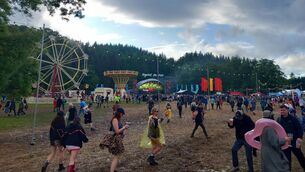Sophie Toscan du Plantier's son: 'I am very confident we will get justice'
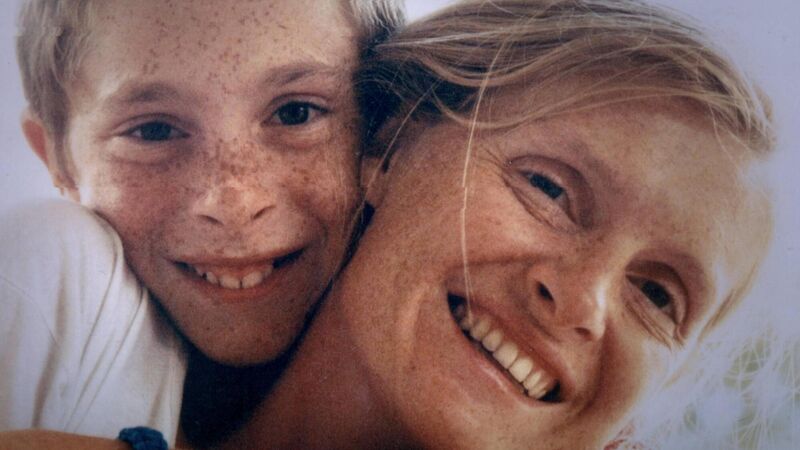
Pierre-Louis Baudey-Vignaud as a child with his mother Sophie Toscan du Plantier. (Picture courtesy of Netflix, Sophie: A Murder in West Cork)
It was almost Christmas and 15-year-old Pierre-Louis Baudey-Vignaud was staying with his grandparents in France. His father woke him in the middle of the night with the shocking news that his mother, Sophie Toscan du Plantier, had been killed at her holiday home in West Cork.
It is a heart-rending moment he relives in a new documentary, describing it as “like an electric shock… I was a little boy, an only child. I was extremely close to mum. It was a sudden transformation from childhood to adulthood. …. A little part of us all crumbled.”
Almost 25 years later, Pierre-Louis is speaking to me from his home in Paris about the Netflix documentary series Sophie: A Murder in West Cork, which explores the brutal killing of the 39-year-old Frenchwoman at her remote cottage outside Schull and the tumultuous train of events that followed. Her murder remains unsolved but it has been at the centre of several court actions involving English man Ian Bailey, who was a suspect in the case and continues to deny any involvement. Bailey has never been charged in Ireland.
Pierre-Louis and other members of Sophie’s family, including her parents, brother and aunt, gave full co-operation to the Netflix documentary, from Oscar-winning producer of Searching for Sugar Man and Man on Wire, Simon Chinn. In recent days, it was reported that the family was unhappy with another documentary on the killing by film-maker Jim Sheridan, screened on Sky, and that the broadcaster had agreed to their request to remove interviews with them from the series.
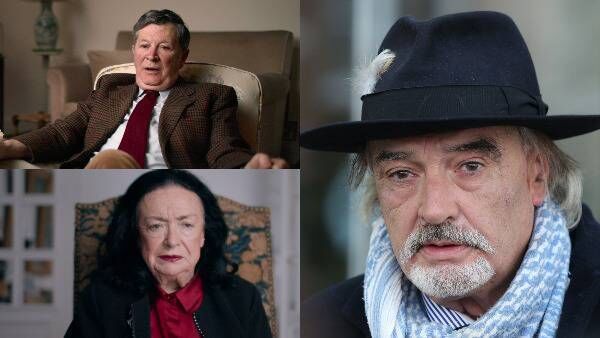
In the Netflix documentary, Sophie’s parents Georges and Marguerite Bouniol, movingly recount seeing their daughter’s body when they came to Ireland to bring her back to France, and the suffering they endure to this day is plain to see. It is a powerful reminder that behind all the media headlines and lurid speculation was a mother, daughter, sister, and a woman whose potential was snuffed out in a savage act.
As her brother Bertrand points out in the documentary: “Sophie is at the centre of this story but it is true, that for 23 years, it’s often forgotten who my sister was.”
Pierre-Louis says the family agreed to collaborate with the three-part Netflix series because of the high-calibre team behind it and the fact that Sophie herself would be at the heart of the story.
“Netflix take a lot of time to make beautiful pictures and in a sense, that was a kind of warranty for us, that it would be a high-quality project,” he says. “They wanted to show my mother how she was and to make sure she was, maybe not in the centre, but a good balance between Bailey and Sophie and how we live with that.”
Unsurprisingly, Pierre-Louis found the documentary a difficult watch, partly because he did not know what new information he would discover and also because it included home movie footage of his mother at the cottage. It had a powerful effect on him.
“I was a little bit frightened because I did not know if I could have learned something new. There are videos from my mother and that was the first time since my mother died that I had seen them,” he says.
Pierre-Louis has often returned to the house, where he had spent time with his mother as a child. While he has not been there in recent years, he says watching the documentary has made him want to return.
“For the last two years I did not come to Ireland, I used to come three or four times a year. Having watched the documentary, I feel I want to come back.”
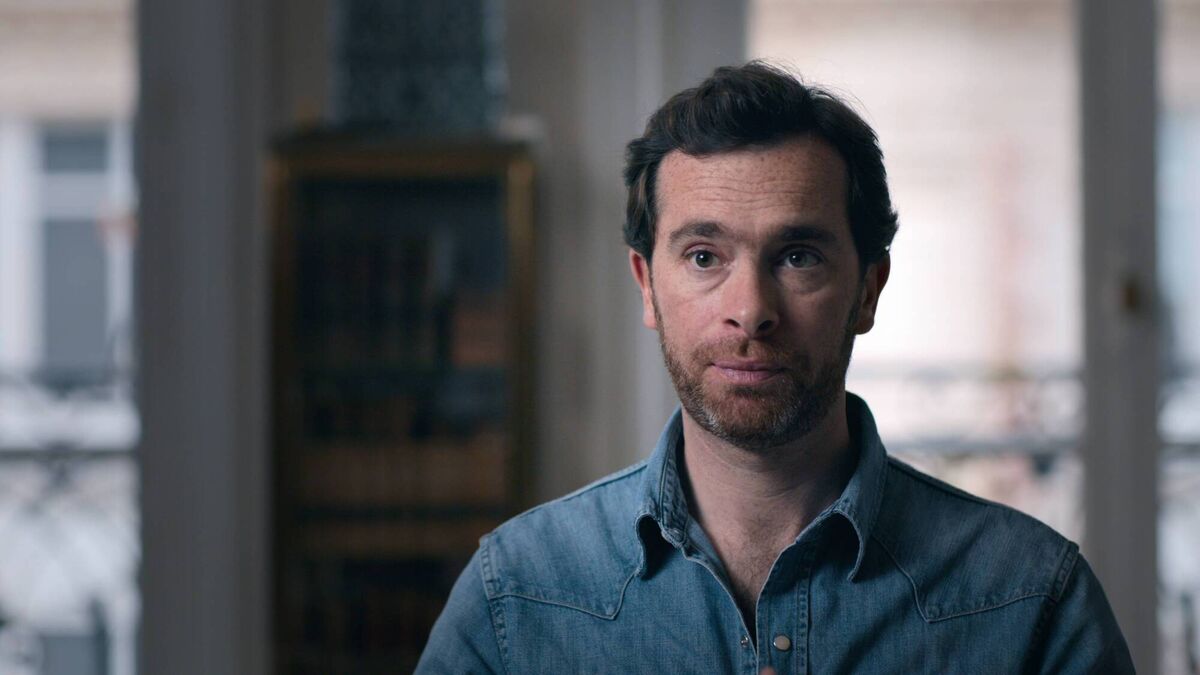
Pierre-Louis says the documentary has succeeded in portraying his mother as a person, not a victim, reclaiming her from the swirl of speculation and rumour that has surrounded her death.
“For me, it is really not like a crime series. It is not only when my mother was killed — that is a few minutes when it happened. It is also who she was. You can see her as a little girl, a daughter, having fun. It is important to not see her as a phantom or a legend, she was a girl like all the others.”
Because of her marriage to top French film producer Daniel Toscan du Plantier, Sophie was often viewed in the context of a glamorous Parisian lifestyle. However, the documentary shows a deep, reflective and intelligent woman, a film-maker in her own right, fascinated by Irish literature and lore.
Pierre-Louis says her true self was reflected in her love of Ireland and the west Cork landscape.
“You can see from the images in the documentary, she was not a star on a red carpet when she was in Ireland, she was just walking in the rain, with her strong feelings for the land.”
Pierre-Louis says he cannot fully comprehend the obsessive interest in his mother’s murder but the fact it has remained unsolved means it is important to keep it in the public eye. He believes the Netflix documentary gives a comprehensive survey of the case and raises questions as to why there has been no resolution.
“I do not totally understand why [the fascination]. My mother was just a woman married to a French producer, she was not Brigitte Bardot or Claudia Schiffer. But I think all the evidence around this murder with no finality makes it a strong thing. I am really happy [with this documentary] because Irish people, you live with this story for 25 years, and every few years, months or weeks, new information is coming into the public media. But when you see the Netflix project, and in three hours, you can feel and understand all the evidence…. you say, well, okay, there is a problem.”
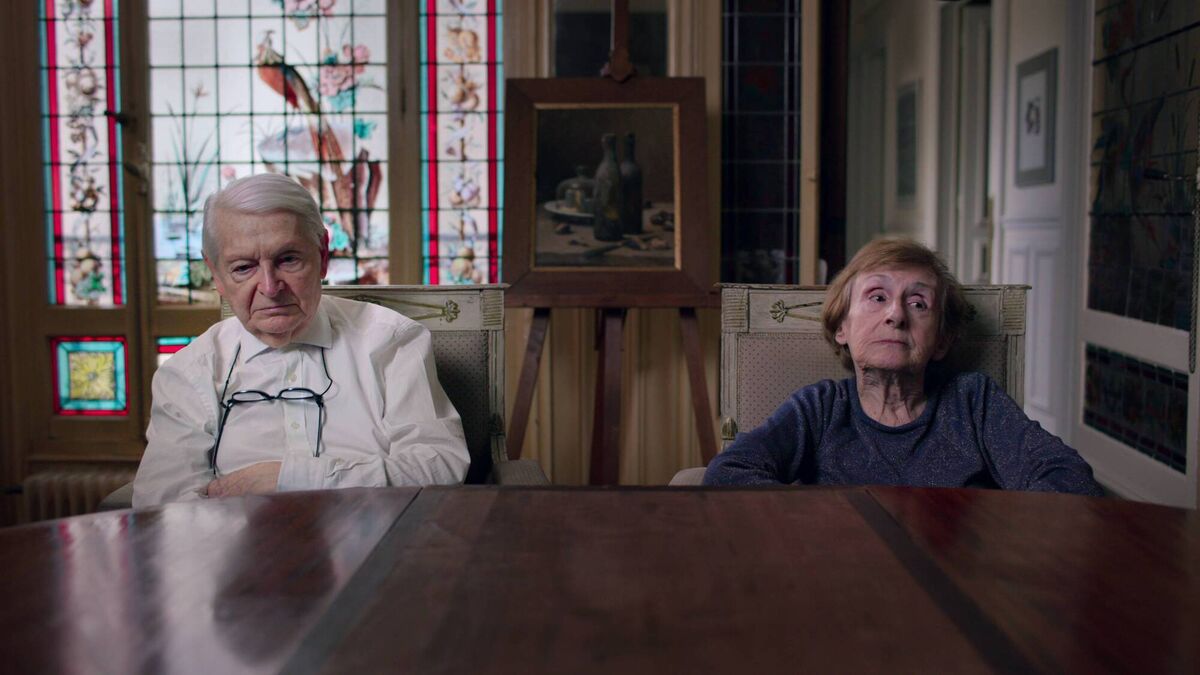
In the documentary, Pierre-Louis says “justice has no time limit — the person who did this will have to take responsibility”.
When I ask him where he finds the energy to keep fighting, he sighs and pauses.
“I need justice — and justice for Irish women. I am feeling these things very strongly. The more I feel it, the stronger I feel. When you go in a fight, the more you fight, the more you need the end of the fight. I am very confident we will get justice.”
He says he hopes as many people as possible see the Netflix documentary and that it will help “move the line” in terms of the case.
“I hope that people will ask the Irish Government for answers — at least give us answers,” he says.
In the meantime, he looks forward to returning with his family to the house in West Cork where he shared many happy memories with his mother.
“It is the place I used to go with her and it is the best link I could have between my kids and my mother. She was a quiet and peaceful woman. Showing her as a French movie producer woman, this was only a very little part of her. This part was definitely smaller than the love she had for Ireland. We have to show it to the people.”






